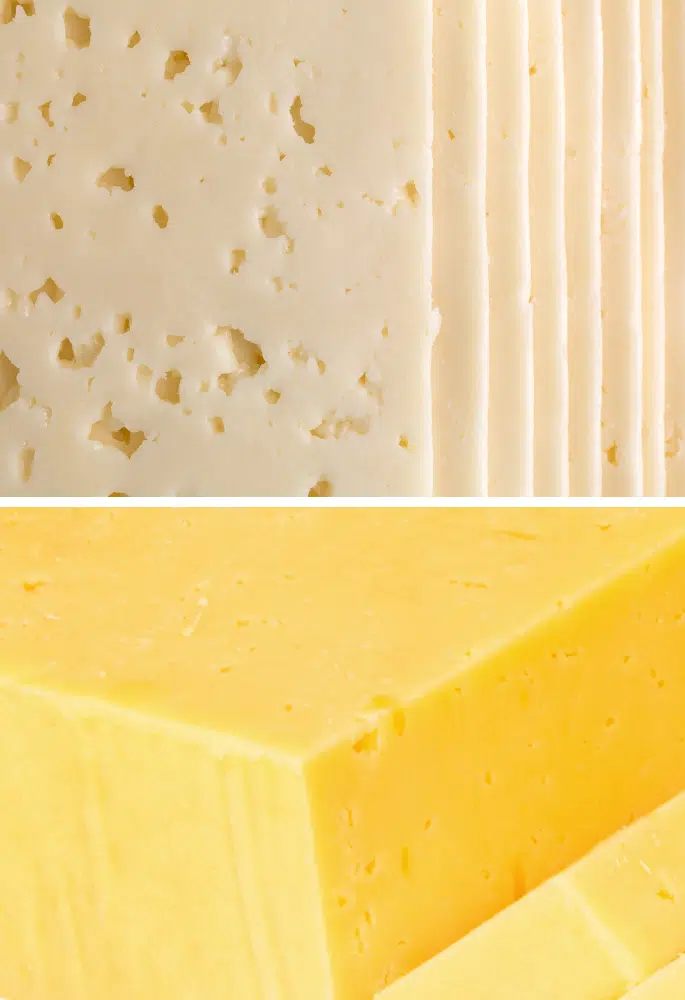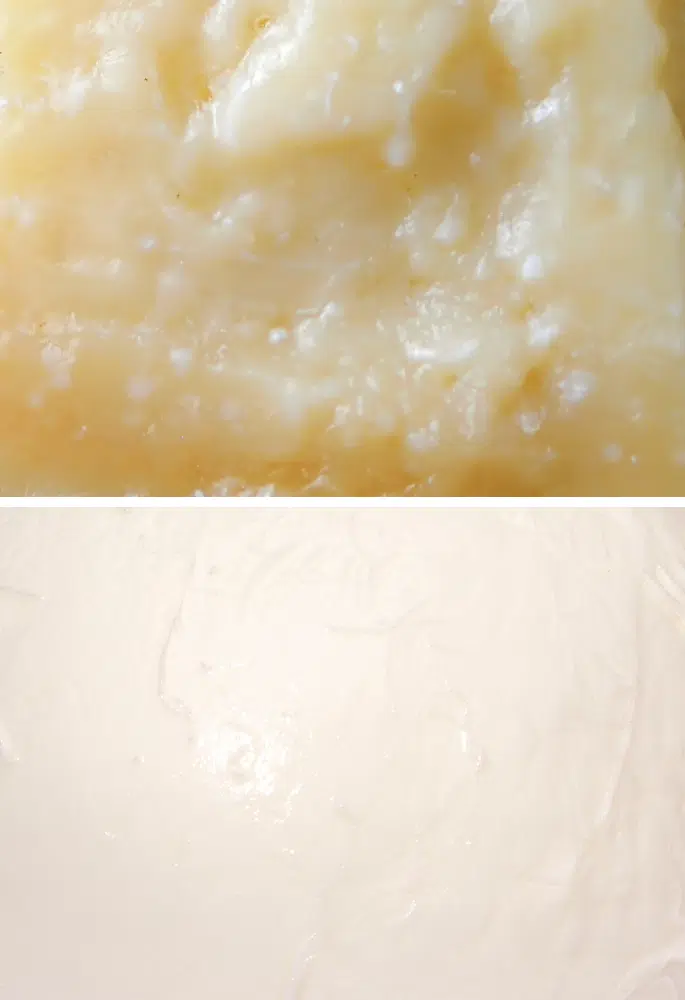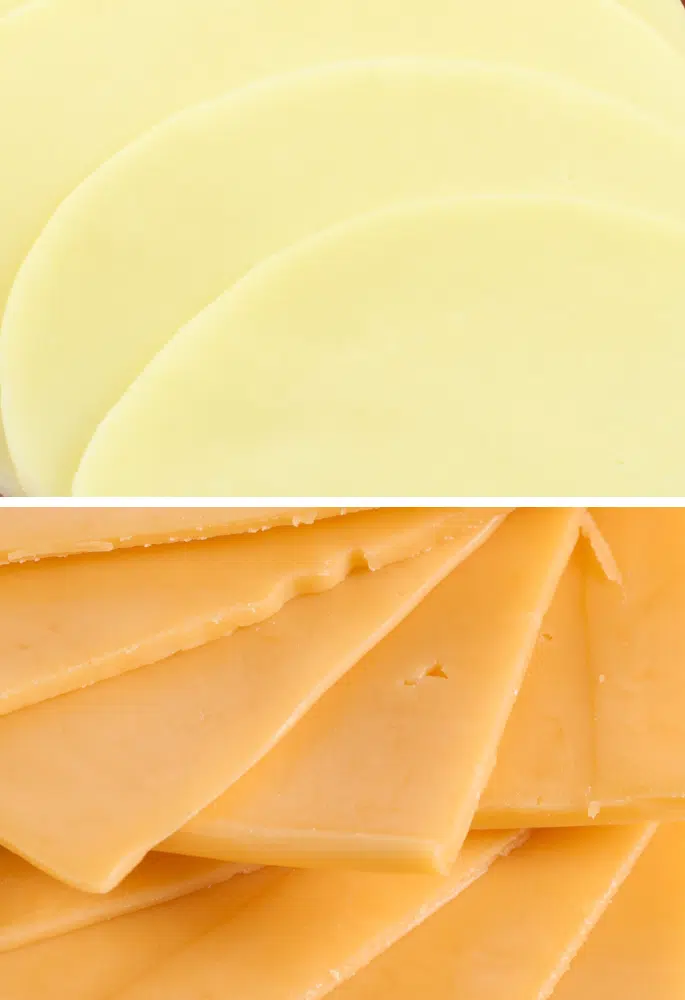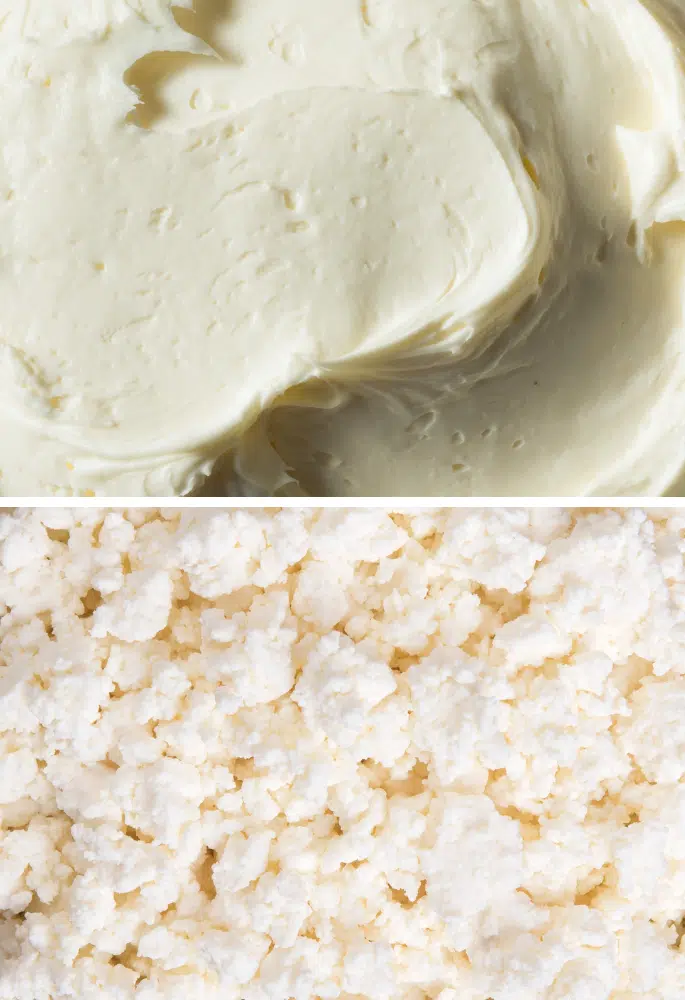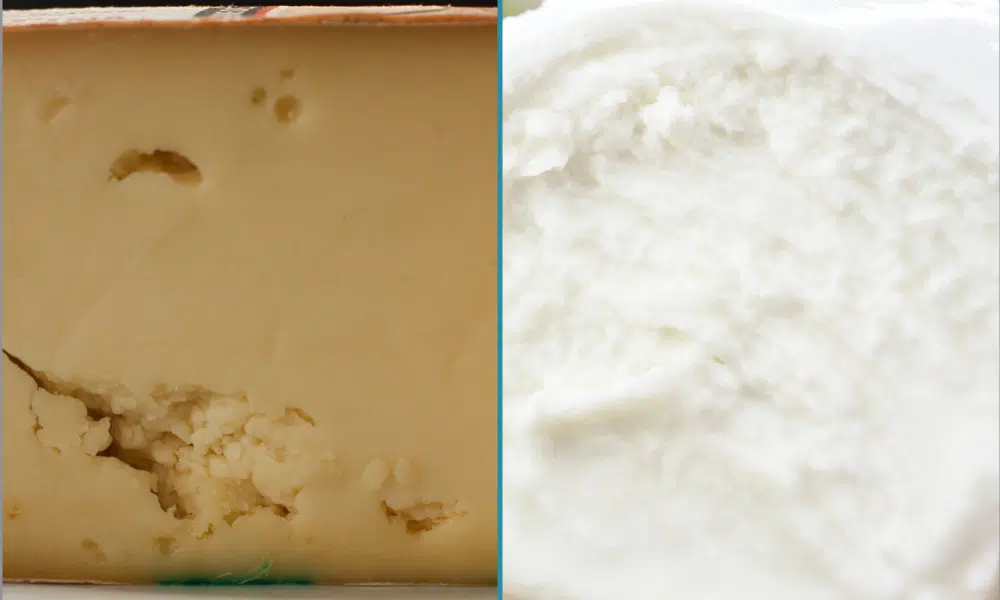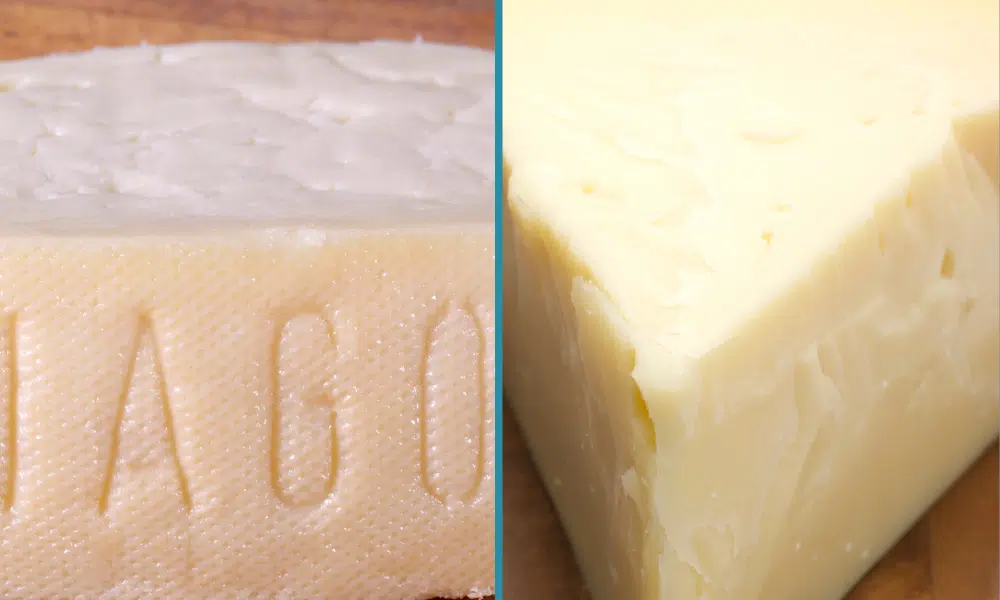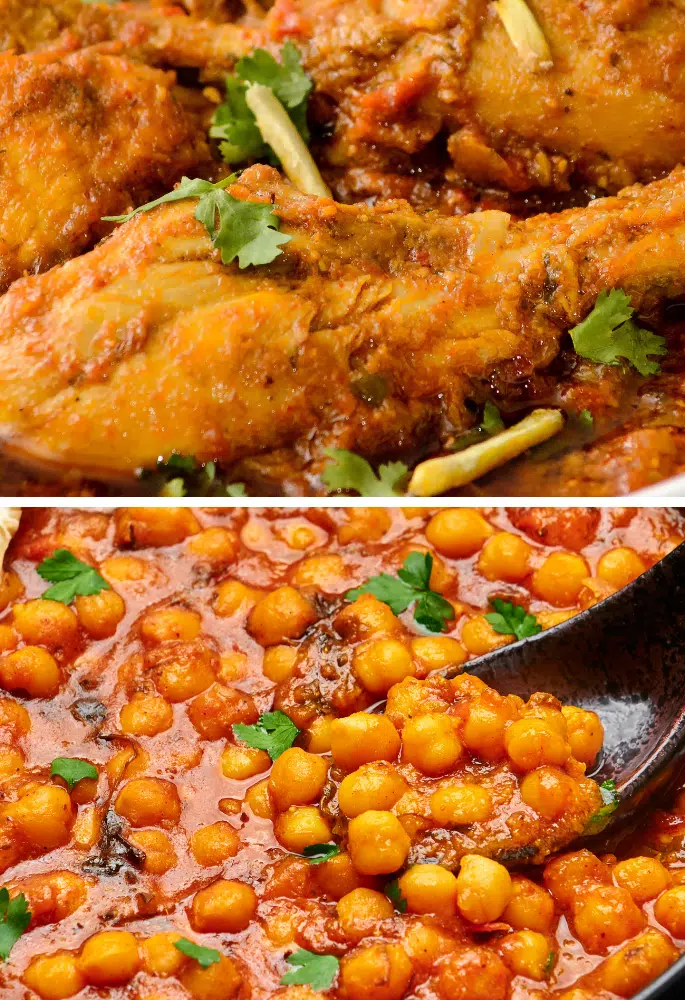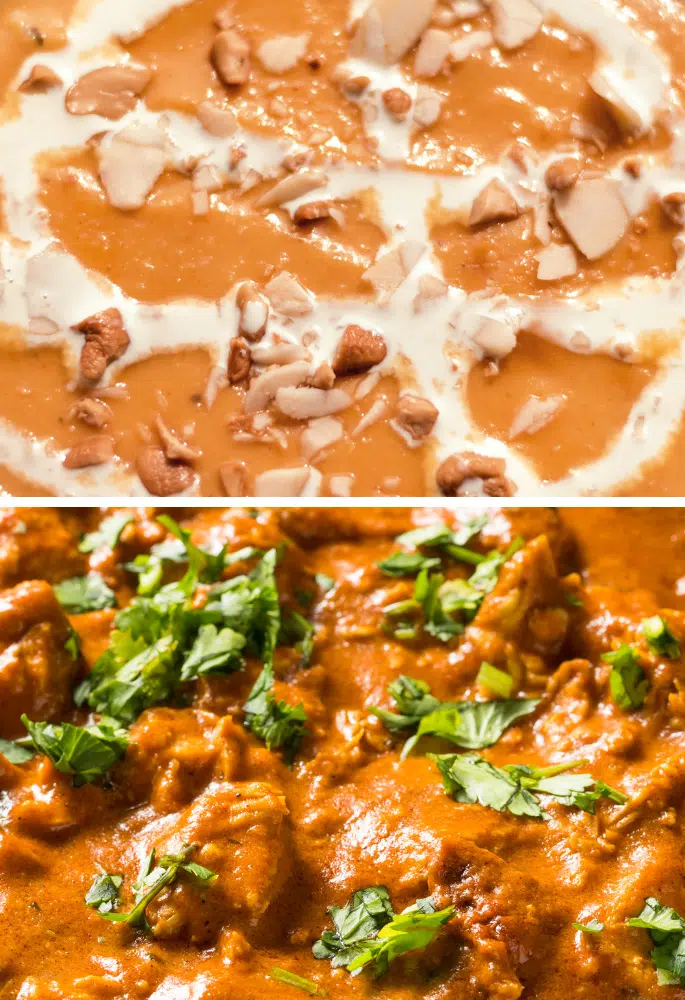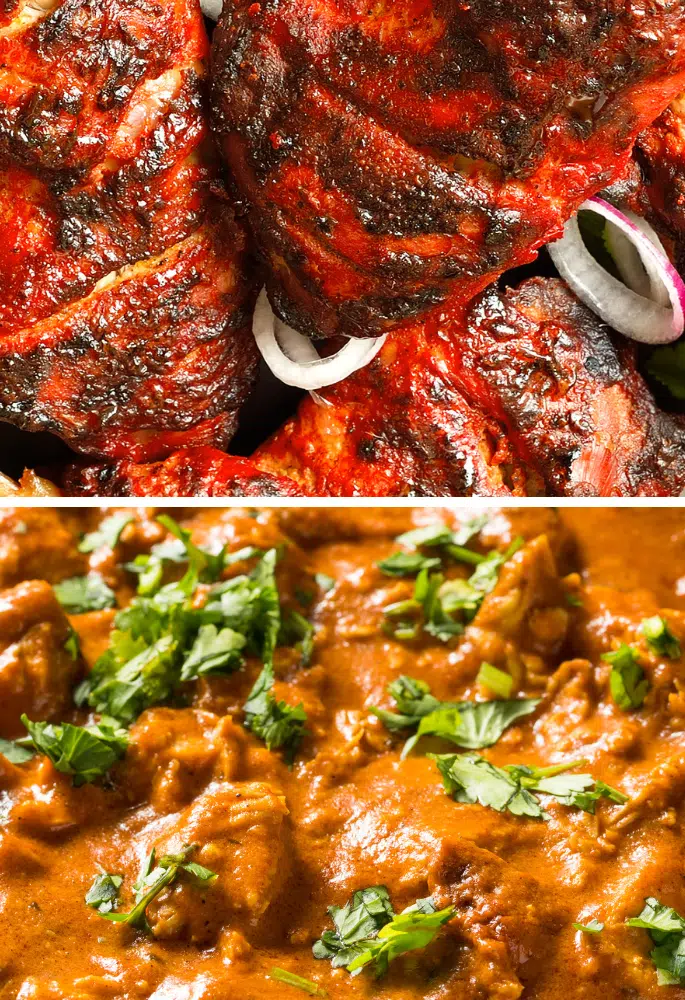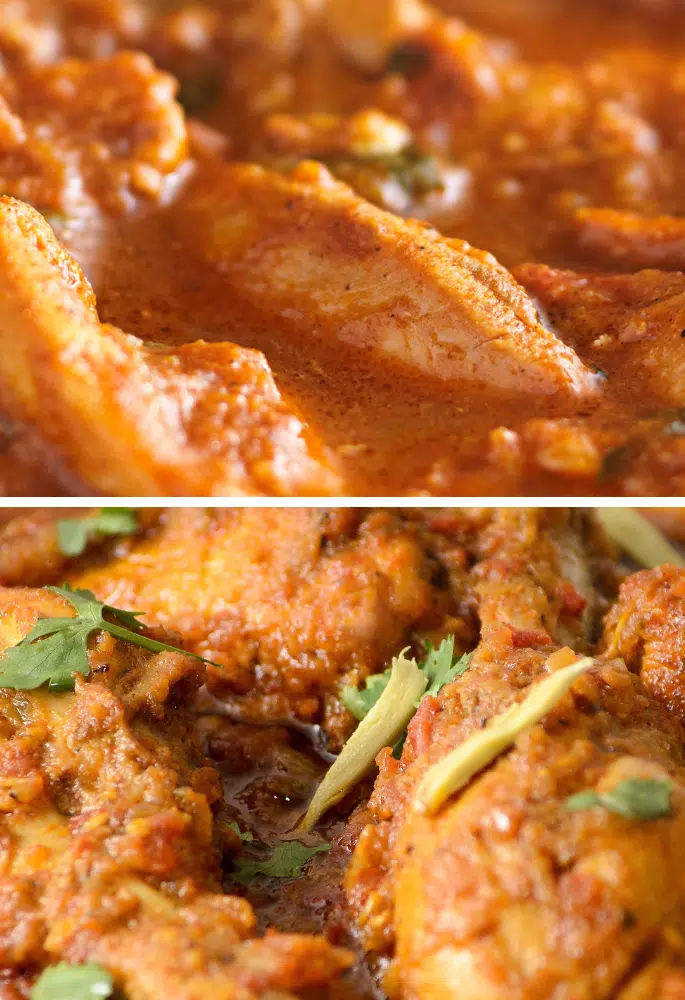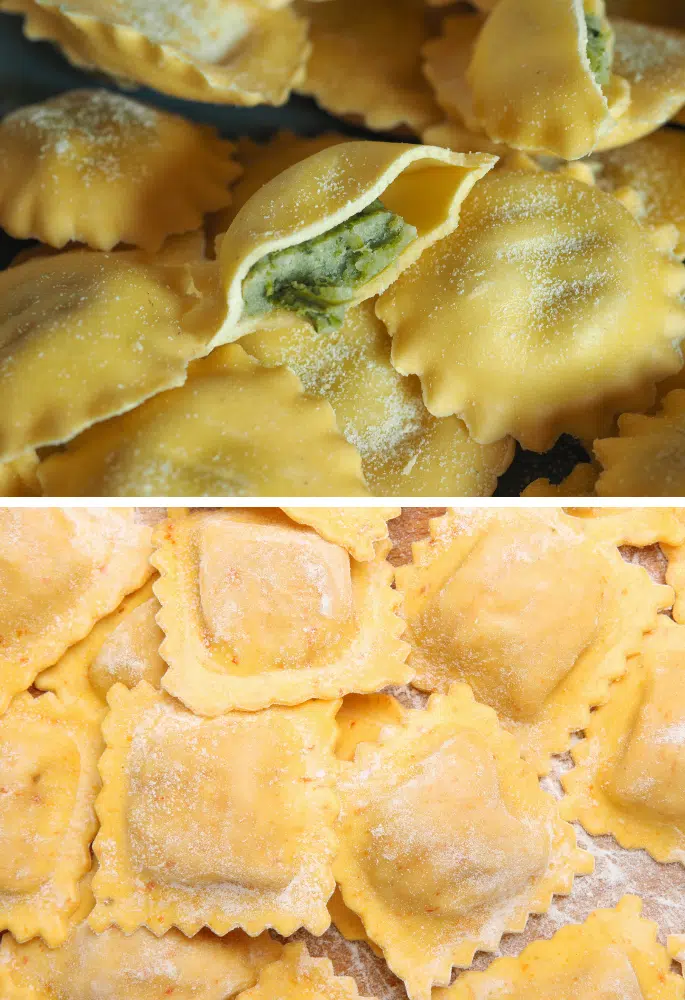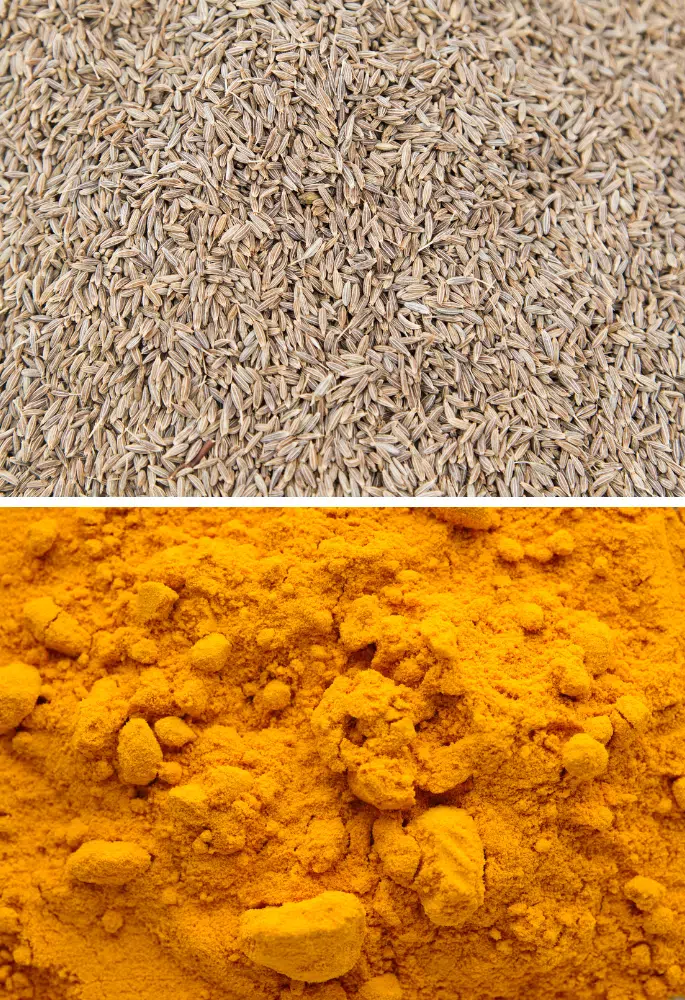Cheese is one of the widest, most varied food groups in the world. It seems that almost every country and culture has their take on cheese, or at least everywhere that milk-producing animals roam.
There is evidence of cheese dating back to 3000 BCE, presumably invented by accident to preserve dairy. And what a happy accident it was!
Since its invention, countless varieties of cheese have been invented, with some more beloved than others. Gruyere and havarti are considered two of the most popular in the world. But, what sets these two apart?
It is the predominantly nutty taste of gruyere that separates it from havarti. Havarti only starts to develop its nuttiness as it matures, but even then, it is still on the sweeter side.
What is Gruyere?
Like many types of cheese, gruyere is named after the place where it was first invented. In this case, a town in Switzerland called Gruyères.

However, some people mistake gruyere for not being a true Swiss cheese because of the underwhelming number of holes compared to other classic Swiss cheeses.
One of gruyere’s most defining characteristics is how rich and creamy it is. No matter how mature the cheese is, that creaminess is still very much present.
However, younger gruyere has an accompanying nuttiness with a much more prominent creamy texture.
In contrast, mature gruyere is more complex, with the nutty taste of its youth developing into a rounded earthiness during a roughly 6-month ageing process.
Even once it has matured, gruyere remains mild with a creamy consistency making it very meltable. This mildness and texture make gruyere the ideal cheese to bake and cook with.
Swiss gruyere is the original gruyere cheese, with historical proof that the Swiss invented it around 100 years before the French. Today, French gruyere is both sweeter and saltier than its Swiss counterpart.
What is Havarti?
By far, the most popular cheese to come out of Demark is the world-popular havarti cheese, which has varied very little since it was invented.
Raw Danish cows’ milk curds are compressed and brined, left to age in the brine for between 3 months and 1 year.
The result is super smooth-tasting cheese thanks to the compression with just a hint of acidity from the brine.
To maintain its characteristic creamy texture, cheesemakers will mainly produce havarti that has only been aged a few months, so mature havarti tends to be a little harder to find.
Generally, no matter how long it ages, havarti is a semi-soft cheese, even though it toughens up as it matures.
The brine gives the cheese a slightly salty taste that increases in intensity the longer it ages. Havarti’s primary taste is that of a mild sweetness but that too changes as the cheese ages, turning nuttier.
You must always check any cheese’s label to ensure it suits your diet. But generally, havarti is made using vegetation rennet, making it safe for vegetarians.
Similarities Between Gruyere and Havarti
Regarding cheese characteristics, gruyere and havarti share enough similarities that they may be mistaken for each other when used in a dish or sandwich. For example:
Always Creamy
Usually, when a cheese matures, it tends to lose its creamy texture and become grainier, like parmesan cheese.
But a vital characteristic of both gruyere and havarti is their ability to remain perfectly creamy no matter how long they mature.
Cheese Hardness
Both gruyere and havarti are semi-hard cheeses. They do both become firmer the longer they are left to age, but they do not become so tough that you cannot melt the cheese.
This semi-hardness makes them very versatile cheeses.
Mild Tastes
Though gruyere and havarti can be aged for a year or so at a time, their taste remains mild, which is why both kinds of cheese are loved by so many.
Because of their mild tastes, gruyere and havarti are easier to palate and will not overwhelm your tastebuds as more intense cheeses would.
Mistaken Origins
Many people mistake gruyere as being a French cheese originally, which is not helped by the lack of holes the cheese has despite being a Swiss cheese.
Havarti has the opposite issue, often being mistaken for a cheese of Swiss origin because of its holes, but it is, in fact, a Danish cheese.
Differences Between Gruyere and Havarti
At the end of the day, gruyere and havarti would not be classed as separate cheeses if there were not enough differences between the two. But there are enough key differences to note, such as:
Flavour Development
Like how gruyere and havarti start out with noticeably different flavour profiles, these flavours develop into different tastes, too, as the cheeses are left to mature.
The sweetness of young havarti changes into a nuttiness similar to hazelnuts, with the sweetness becoming an aftertaste.
In comparison, gruyere is predominantly nutty while young, with its flavour morphing into an earthy savouriness with age.
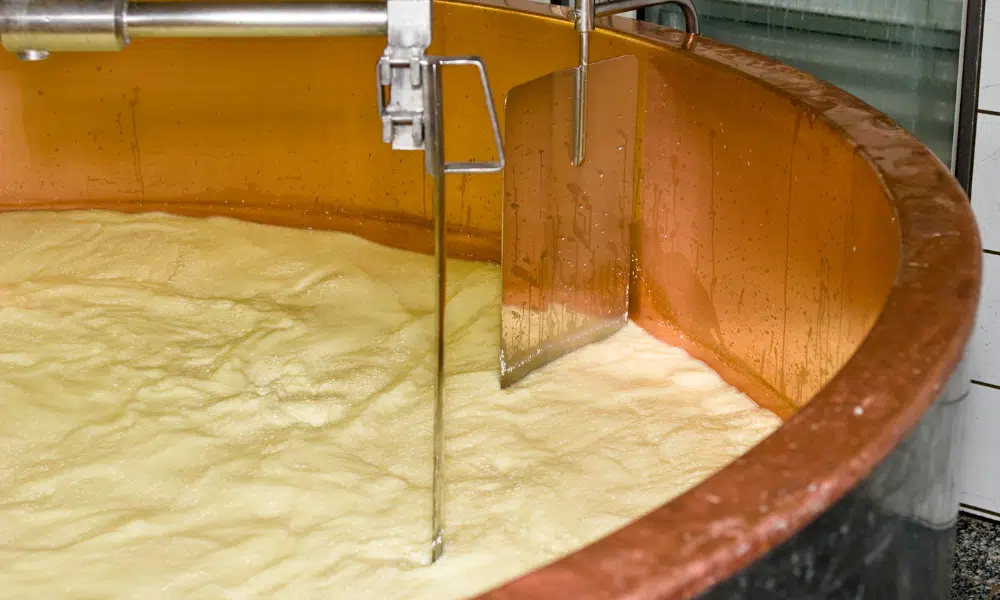
Nutty Taste
Havarti only has a noticeably nutty taste once it starts to mature. When it does develop its nuttiness, it is more akin to sweet hazelnuts than an intense savoury nut.
But gruyere has a more savoury nutty taste from the moment it is made. As gruyere ages, that taste changes but is still present in its afternotes.
Ageing Time
There are both mature and young versions of gruyere and havarti. However, in both cases, the cheese’s ageing time varies.
Young gruyere is aged for a general minimum of 6 months, which is a significantly longer time than young havarti, which only tends to be aged for half the time.
Mature havarti is rarely aged longer than 1 year, whereas mature gruyere can be aged for 14 months or longer.
Gruyere vs Havarti: Which Wins?
It might be a hard decision, but which cheese is better? If you were limited to just one of these, which would you pick between gruyere vs havarti:
Do You Prefer Gruyere or Havarti?
Gruyere and Havarti FAQs
Do you still have questions about gruyere, havarti and how they differ? Then have a look through these FAQs:
Comte, edam and emmental are all cheeses that have a similar texture to gruyere. They aren’t quite as nutty, however.
Fontina and manchego tend to have a similar flavour profile and texture to havarti.
Sources
Where we obtain our information and verify the facts in this article:
Castello Cheese
What is havarti cheese
All Recipes
What is gruyere cheese, and how do you use it
Acacia may be a freelance writer by day, but they are a food fanatic by night. They are always trying out new recipes or finding different ways to elevate classical dishes. But their biggest culinary aim is to educate others on the basics of the kitchen so that they too can enjoy delicious food.


